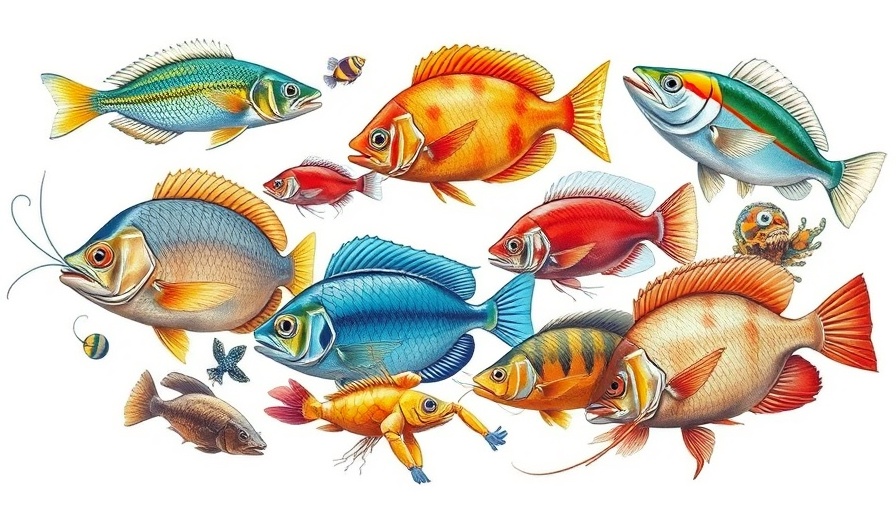
Impact of Microplastics on Popular Seafood in Oregon
Researchers from Portland State University have cast light on a pressing health and environmental issue: the contamination of popular seafood by microplastics. This finding, focusing on commonly consumed species like Chinook salmon, Pacific herring, and pink shrimp, is particularly alarming for tech-savvy health enthusiasts. The study aims to enhance awareness about the health risks posed by consuming seafood embedded with microplastics, which are tiny fragments shed from everyday products like clothing and packaging. Notably, microplastic fibers were the most prevalent, followed by films and fragments found in these seafood samples.
Root Cause: Microplastics in Everyday Life
The occurrence of microplastics in seafood sheds light on a broader environmental problem–the pervasive presence of these particles in marine ecosystems. These microplastics stem from consumer products, infiltrating aquatic environments and, consequently, our food chain. The study emphasizes the urgent need to develop strategies and technologies that can mitigate microfiber pollution, thereby reducing its impact on marine life and human consumption.
Future Implications for Seafood Safety
This research paves the way for further investigations into not just how microplastics enter marine ecosystems, but also their long-term implications for both ecosystems and human health. It suggests an imperative rethink of consumption habits and environmental policies alike, prompting tech-savvy health enthusiasts to consider the provenance and content of their seafood. Future advancements in technology could hold the key to filtering or even preventing these contaminants, reinforcing the importance of innovative solutions in tackling microfiber pollution.
 Add Row
Add Row  Add
Add 




 Add Row
Add Row  Add
Add 



Write A Comment